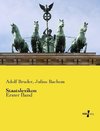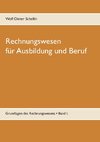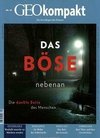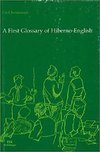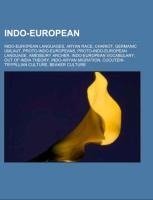
Indo-European
Source: Wikipedia. Pages: 132. Chapters: Indo-European languages, Aryan race, Chariot, Germanic umlaut, Proto-Indo-Europeans, Proto-Indo-European language, Amesbury Archer, Indo-European vocabulary, Out of India theory, Indo-Aryan migration, Cucuteni-Trypillian... Viac o knihe
Produkt je dočasne nedostupný
26.84 €
bežná cena: 30.50 €
O knihe
Source: Wikipedia. Pages: 132. Chapters: Indo-European languages, Aryan race, Chariot, Germanic umlaut, Proto-Indo-Europeans, Proto-Indo-European language, Amesbury Archer, Indo-European vocabulary, Out of India theory, Indo-Aryan migration, Cucuteni-Trypillian culture, Beaker culture, Kurgan hypothesis, House burning of the Cucuteni-Trypillian culture, Decline and end of the Cucuteni-Trypillian culture, Technology of the Cucuteni-Trypillian culture, Religion and ritual of the Cucuteni-Trypillian culture, Indo-European studies, Economy of the Cucuteni-Trypillian culture, Periodization of the Cucuteni-Trypillian culture, Proto-Indo-European Urheimat hypotheses, Corded Ware culture, Symbols and proto-writing of the Cucuteni-Trypillian culture, Bactria-Margiana Archaeological Complex, Settlements of the Cucuteni-Trypillian culture, Architecture of the Cucuteni-Trypillian culture, Varna Necropolis, Race Life of the Aryan Peoples, Diet of the Cucuteni-Trypillian culture, Vucedol culture, Paleolithic Continuity Theory, Japhetic, Geography of the Cucuteni-Trypillian culture, Andronovo culture, Uttarapatha, Proto-Indo-European society, Gumelnita-Karanovo culture, Horse sacrifice, Indo-Hittite, Germanic Parent Language, Anatolian hypothesis, Archaeogenetics of the Cucuteni-Trypillian culture, The Arctic Home in the Vedas, Kura-Araxes culture, Terramare culture, Samara culture, Narva culture, Abashevo culture, Proto-Indo-Iranian religion, Neolithic creolisation hypothesis, Maykop culture, Pre-Celtic, Barter tokens of the Cucuteni-Trypillian culture, Khvalynsk culture, Catacomb culture, The king and the god, Afanasevo culture, Yamna culture, Old European hydronymy, Dnieper-Donets culture, Chernoles culture, Karasuk culture, Thraco-Cimmerian, Kleos, Middle Dnieper culture, Dyeus, Uttaramadra, Sredny Stog culture, Armenian hypothesis, Chasséen culture, Stonehenge Archer, Srubna culture, Gushi culture, Boscombe Bowmen, Potapovka culture, Baalberge group, Dereivka, Leiden Studies in Indo-European, Cernavoda culture, Poltavka culture, Kemi Oba culture, Usatovo culture, Novotitorovka culture, Encyclopedia of Indo-European Culture, Japhetic languages, Copenhagen Studies in Indo-European, Lower Mikhaylovka group, Imra, Seroglazovo culture. Excerpt: The following is a table of the many of most fundamental Proto-Indo-European language (PIE) words and roots, with their cognates in all of the major families of descendants. The following conventions are used: In place of Latin, an Oscan (c. 100 BC) or Umbrian (c. 200 BC) cognate is occasionally given when no corresponding Latin cognate exists. Similarly, an Avestan (c. 500 BC?) cognate is occasionally supplied when no Sanskrit cognate exists, and a cognate from another Anatolian language (e.g. Luvian, c. 1400 BC; Lycian, c. 400 BC) may occasionally be given in place of or in addition to Hittite (c. 1400 BC).For Tocharian, both the Tocharian A (c. 800 AD) and Tocharian B (c. 800 AD) cognates are given whenever possible.For the Celtic languages, both Old Irish (c. 800 AD) and Welsh cognates are given when possible. For Welsh, normally the modern form is given, but occasionally the form from Old Welsh (c. 800 AD) is supplied when it is known and displays important features lost in the modern form. A Middle Irish (c. 1000 AD) cognate is given when the Old Irish form is unknown, and Gaulish (c. 0 AD), Cornish (?? c. 1200-1700 AD?) and/or Breton (modern) cognates may occasionally be given in place of or in addition ...
- Vydavateľstvo: Chronicle Books
- Formát: Paperback
- Jazyk:
- ISBN: 9781156952146

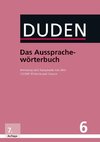

 Anglický jazyk
Anglický jazyk 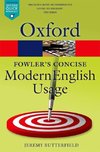
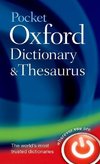
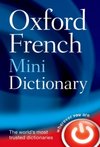

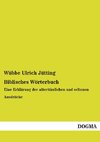
 Nemecký jazyk
Nemecký jazyk 
